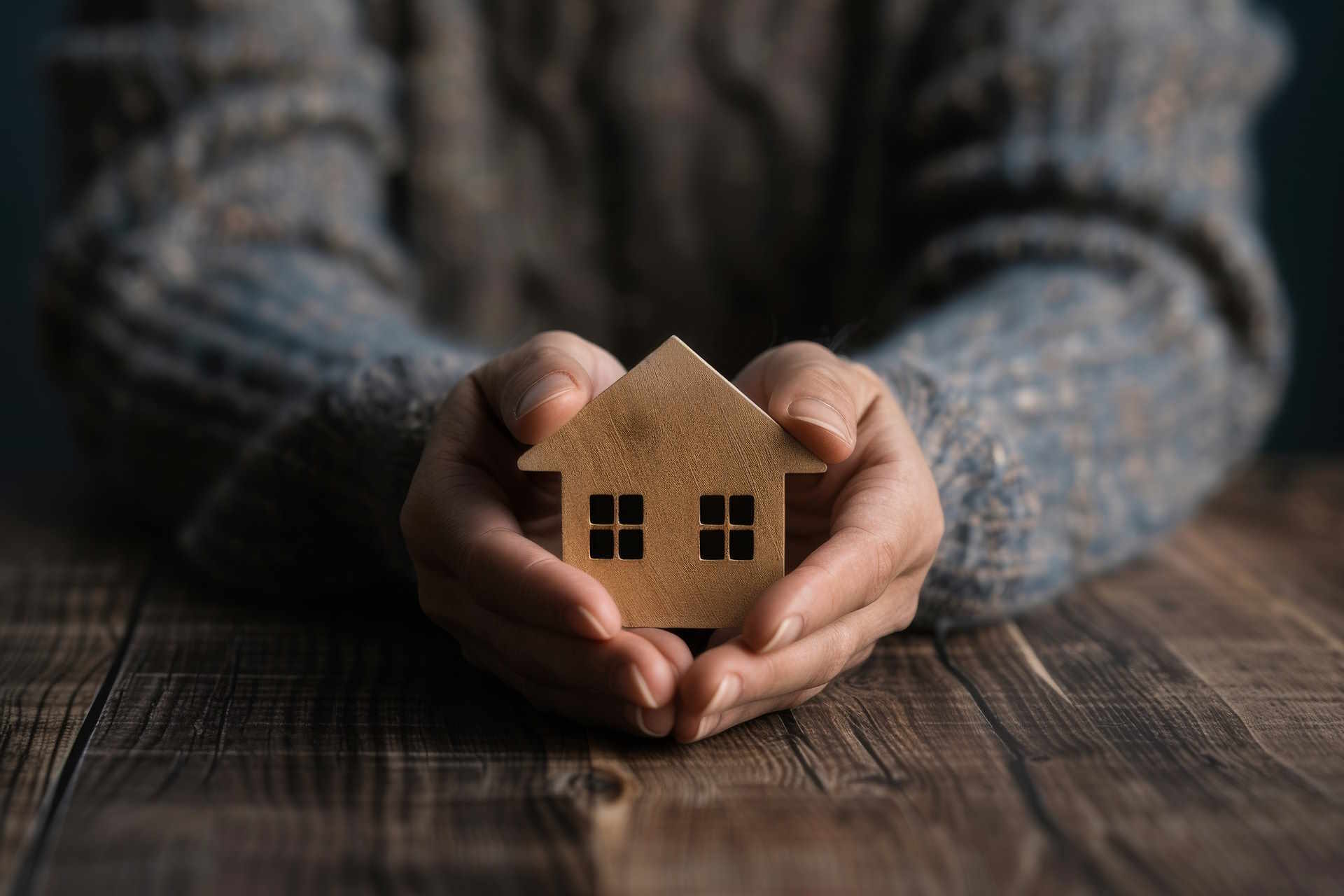The Rise of Sustainable Real Estate Development
Sustainable real estate development is gaining momentum as developers and investors recognize the importance of environmental responsibility and resource efficiency. This article explores the growing trend of sustainable development in the real estate industry and its impact on the market. Read below for insights into the benefits of sustainable real estate and practical strategies for embracing this trend.
Understanding Sustainable Real Estate
Sustainable real estate development focuses on creating buildings and communities that minimize environmental impact, conserve resources, and promote health and well-being. This involves incorporating eco-friendly design, construction, and operation practices to reduce carbon footprint and enhance sustainability.
Environmental Benefits
Sustainable real estate offers significant environmental benefits, including:
- Reduced energy consumption: Energy-efficient buildings lower utility costs and carbon emissions.
- Water conservation: Efficient water fixtures and landscaping reduce water usage and preserve natural resources.
- Waste reduction: Sustainable construction practices minimize waste generation and promote recycling and reuse.
- Preservation of ecosystems: Sustainable developments prioritize green spaces, biodiversity, and habitat preservation.
Economic Advantages
In addition to environmental benefits, sustainable real estate offers economic advantages, including:
- Lower operating costs: Energy-efficient buildings require less maintenance and lower utility bills, resulting in long-term cost savings.
- Increased property value: Sustainable features, such as LEED certification or energy-efficient upgrades, can enhance property value and marketability.
- Access to incentives: Many governments offer incentives, such as tax credits or grants, to encourage sustainable development, further reducing costs and increasing returns on investment.
Social Impact
Sustainable real estate development has positive social impacts, including:
- Improved health and well-being: Green buildings with ample natural light, indoor air quality, and access to green spaces promote occupant health and productivity.
- Enhanced community engagement: Sustainable developments often incorporate community amenities, such as parks, public transportation, and mixed-use spaces, fostering social interaction and cohesion.
- Equity and inclusivity: Sustainable development projects prioritize accessibility, affordability, and diversity, ensuring that all members of the community benefit from environmentally conscious design and planning.
Key Principles of Sustainable Development
Successful sustainable real estate development is guided by several key principles, including:
- Integrated design: Collaborative design and planning processes involve stakeholders from various disciplines to optimize building performance and minimize environmental impact.
- Energy efficiency: Utilizing energy-efficient building materials, technologies, and systems to reduce energy consumption and greenhouse gas emissions.
- Resource conservation: Incorporating sustainable materials, water-efficient fixtures, and waste management strategies to minimize resource consumption and waste generation.
- Green infrastructure: Implementing green building techniques, such as green roofs, rainwater harvesting, and permeable pavement, to manage stormwater runoff and enhance biodiversity.
- Resilience and adaptability: Designing buildings and communities to withstand and adapt to changing environmental conditions, such as extreme weather events and climate change.
Practical Strategies for Sustainable Development
Developers and investors can embrace sustainable real estate through practical strategies, including:
- Prioritizing green building certifications, such as LEED, ENERGY STAR, or Green Globes, to ensure compliance with sustainability standards and demonstrate commitment to environmental responsibility.
- Incorporating passive design strategies, such as orientation, insulation, and shading, to optimize natural light, ventilation, and thermal comfort.
- Investing in renewable energy sources, such as solar panels or wind turbines, to reduce reliance on fossil fuels and generate clean, renewable energy onsite.
- Implementing water-saving measures, such as low-flow fixtures, efficient irrigation systems, and drought-resistant landscaping, to conserve water resources and minimize water usage.
- Engaging with local communities, stakeholders, and policymakers to foster collaboration, address concerns, and advocate for sustainable development practices.
Conclusion
Sustainable real estate development is a growing trend that offers significant benefits for the environment, economy, and society. By embracing sustainable design, construction, and operation practices, developers and investors can create buildings and communities that are more resilient, resource-efficient, and socially inclusive. As the demand for sustainable real estate continues to rise, so too does the opportunity to drive positive change and create a more sustainable future for generations to come.





